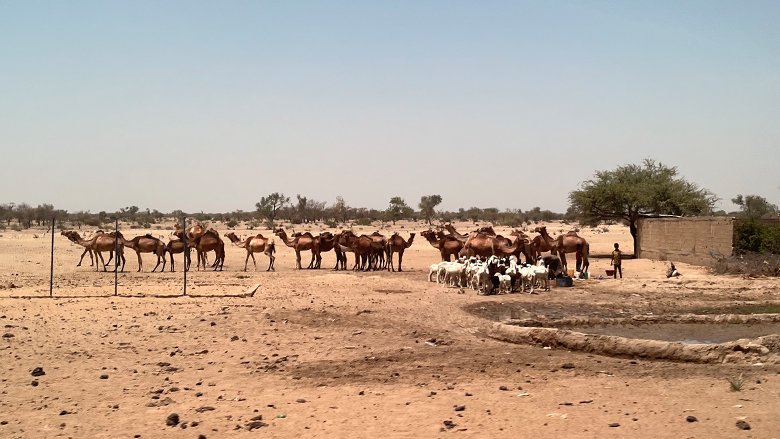Chad experienced a second consecutive year of recession in 2021. The country has struggled to fully recover since the 2016 recession that followed the 2014-15 oil price shock. In 2020, the COVID-19 pandemic and the related oil prices fall hit Chad, throwing it off the growth recovery trajectory it had been on since 2018. The COVID-19 crisis has had an impact on the livelihoods of poor and vulnerable households. According to the high frequency phone surveys conducted in 2020, two-thirds of households reported a loss in their total income, 57 % of households receiving transfers saw a decline in this source of income, and a fifth of households seeking health care were unable to access it.
The report states that a gradual economic recovery is projected as oil prices peak in global markets and international trade and economic activity recover in agriculture and industry. Moreover, a successful debt restructuring process under the G20 Common Framework would provide substantial relief to Chad by helping restore a sustainable fiscal balance, which in turn would allow the country to increase social and investment spending over the long term.
The analysis focuses on strengthening agriculture and livestock value chains for economic transformation and identifies a range of factors that limit the country’s transformation from subsistence farming to modern and complex value chains. These factors include high transportation costs, low use of seeds and fertilizer, and weak institutional environment among others. Several recommendations aim at diversifying the economy through an improvement of the country’s value chains. According to the report, the government should:
- Incentivize private investment in sesame, gum Arabic, and live cattle value chains.
- Empower and leverage farmer organizations by elevating their role in value chain development.
- Increase access to global data and analysis to improve decision-making and the implementation of targeted agricultural and livestock investment projects and policies.
- Enhance agricultural and livestock value chains, from production sites to border crossings along trade corridors and destination markets.


